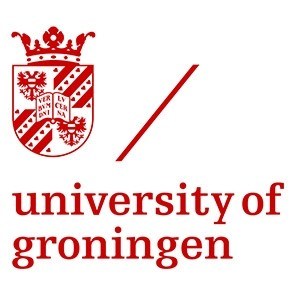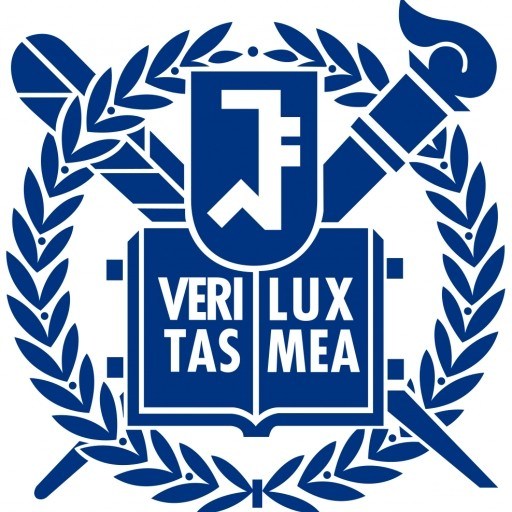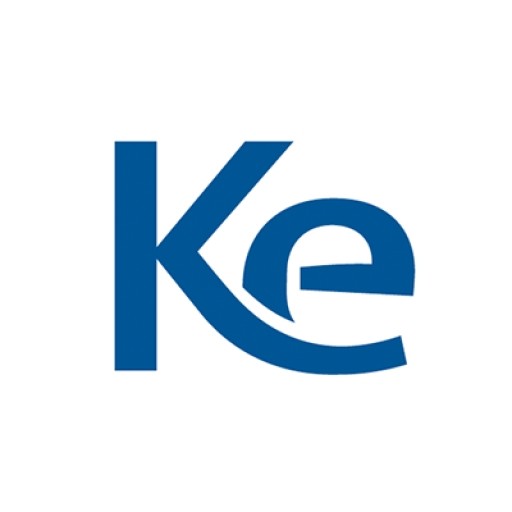Photos of university / #universityofgroningen
Advertisement
East Asia is booming. Or is it? How have some East Asian countries achieved such economic growth and global prominence in so little time? What are the global implications of the rise of East Asia?
East Asia is the foremost dynamic region in the world. From September 2014 the University of Groningen offers a new International Relations Master's programme, focusing on East Asian states and markets, politics and economics, nationalism and internationalism. All studied from a contemporary perspective. How can we explain the dynamism and growth of East Asia? What are the opportunities and impediments for trade and investment? What could be said about national attitudes towards international cooperation, integration and globalization? And what are the implications of the rise of East Asia for the wider world?
The master's degree programme East Asian Studies (one year, 60 ECTS)is a specialization within the Master's Degree in International Relations. It focuses on the political economy of contemporary East Asia, in particular the political economies of China, Japan and Korea. Students will be able to participate in courses taught by economists, historians, experts in international relations or law, and guest-speakers. They will gain knowledge on the top-three economies in East Asia and develop oral, written and research skills to analyze developments from a regional and global perspective.
Job perspectives
This degree has been designed for students who aspire to a career related to East Asia in international business, international cooperation, diplomacy, media and academia.
Job examples
* Business consultant
* Manager
* Lobbyist
* Diplomat
* Policy advisor
* Researcher
Programme schedule
Courses
* Advanced theory of International relations (5 EC)
* The Rise of East Asia: global versus local developments (10 EC)
* Introduction to Research Methods for East Asian Studies (5 EC)
* History and Politics of East Asia (10 EC)
* Research seminar with possibility of specialization on East Asia, China, Japan or Korea (10 EC, optional)
* Work placement (10 EC, optional)
* Study at a partner university in East Asia (10 EC, optional)
* Thesis (20 EC)
The programme takes a multidisciplinary approach. The basic and compulsory courses in the first semester are the 'Introduction to East Asian Studies', 'History and Politics of East Asia' and 'The Rise of East Asia'. In this last course students also write a paper on East Asia, China, Japan or Korea, or on a related entity or emerging country in the region, such as Hong Kong, Taiwan or Mongolia.
Courses:
1. History and Politics of East Asia
Lecturers: Dr. Janny de Jong, Drs. Susanne Kamerling, Dr. Hans Meijer (course coordinator)
Course description:
East Asia has developed into the most dynamic region in the world. To understand the economic and especially the political significance of this fast evolving region it is necessary to understand how and why history is influential in contemporary relations and events within the region and its interactions with other parts of the world.
This course explores key concepts and major developments in the history of East Asia with the incursions of the West in the region from the mid-19th century onwards. Modernisation, the rise of nationalism, the influence of ideologies and Asian philosophical traditions, the adoption and adaptation of Western technologies and the influence of colonialism and imperialism will be discussed. Current political and security challenges such as territorial conflicts, military development as well as regional integration will then be analysed and linked to debates within International Relations for an understanding of the current regional dynamics. To analyse such a long and complex history, the course is subdivided in three historical periods (1850-WO II, WOII-1989 and post-Cold War) and focuses on three major powers in the region: Japan, China and South-Korea.
The seminar consists of tutorials, case studies with student discussions, short written assignments and group presentations, and will be concluded by a symposium in which students will present their individual research papers. There will be 12 tutorials of 2 hours which will take place in block 1 and 2 of the first semester (2014/2015) and will be highly participatory in nature.
2. Introduction to research methods for East Asian StudiesLecturer:Dr. Chris Lamont
Course description:
Research Methods for East Asian Studies (RMEAS) provides students with a research seminar learning environment in which students will be introduced to research methods practices for area studies, with a focus on East Asia. The lecture portion of this module will introduce students to widely used research methods (both qualitative and quantitative) and methodological debates with a special focus on research design, fieldwork and research operationalization. RMEAS aims to give students a strong foundation in applied research methods and skills that are transferable across a wide range of research careers.
3. The rise of East Asia in the 21st century: Global versus local developments in China, Japan, Korea and Mongolia
Lecturers:Dr. Martin UebeleProf. dr. mr. Tjalling HalbertsmaDr. David ShimDr. Yongjun Zhao (course coordinator)
Course description:
A unique cluster of the highly performing Asian economies has been called 'the biggest economic sensation of the post-war decades' or even 'the Asian miracle'. This course aims at investigating and analyzing two major constituents of this development.
The first topic asks the question as to how it is possible that some East Asian countries have shown such high growth rates, so many rapid industrial developments and quick rises in living standards, but not other countries. The focus here is on China, Japan, Korea and Mongolia.
The second topic pertains to the theoretical debates concerning the rise of the region. Cases studies are used to develop fresher insights into the political and economic identity of each country. The similarities and differences of political and economic development policies, institutions and reform approaches, and the challenges for more equitable and sustainable development in these countries, at local and global levels, are analyzed.
Combining lectures, invited guest lectures, and student group discussions and presentations, this courses also aims at offering the students a great opportunity to develop multi-disciplinary perspectives in analyzing the rise of East Asia.
4. Study and work abroad
Study abroad
* For an average of 10 weeks
* Maximum of 10 EC
The MA East Asian Studies programme offers the students attractive opportunities for conducting internships for the 'Work Placement' and 'Study at a Partner University in East Asia' modules. You will be provided with practical advice on how to choose a place to pursue your objectives and the necessary support to facilitate your studies or work placement in East Asia.
The opportunities provided to the students may involve but are not limited to the countries China, Japan, Korea and Mongolia.
Why in Groningen?
* A unique International Relations Master's programme on the Political Economy of contemporary East Asia
* A multi-disciplinary approach towards developments in contemporary China, Japan and Korea
* Optional opportunities to study or gain hands-on experience in East Asia
* Private sector participation and guest speakers from East Asia
* Further opportunities to focus on Hong Kong, Taiwan or emerging countries such as Mongolia
Study support
If you have any questions or doubts about your studies, you can always contact the study advisor. He or she knows all the ins and outs of the program and personal planning. Study advisors are impartial and everything that is discussed is treated confidentially. They can also help you find the right institutions and student desks for your problems.
Want to improve your English level for admission?
Prepare for the program requirements with English Online by the British Council.
- Flexible study schedule
- Experienced teachers
- Certificate upon completion
📘 Recommended for students with an IELTS level of 6.0 or below.









